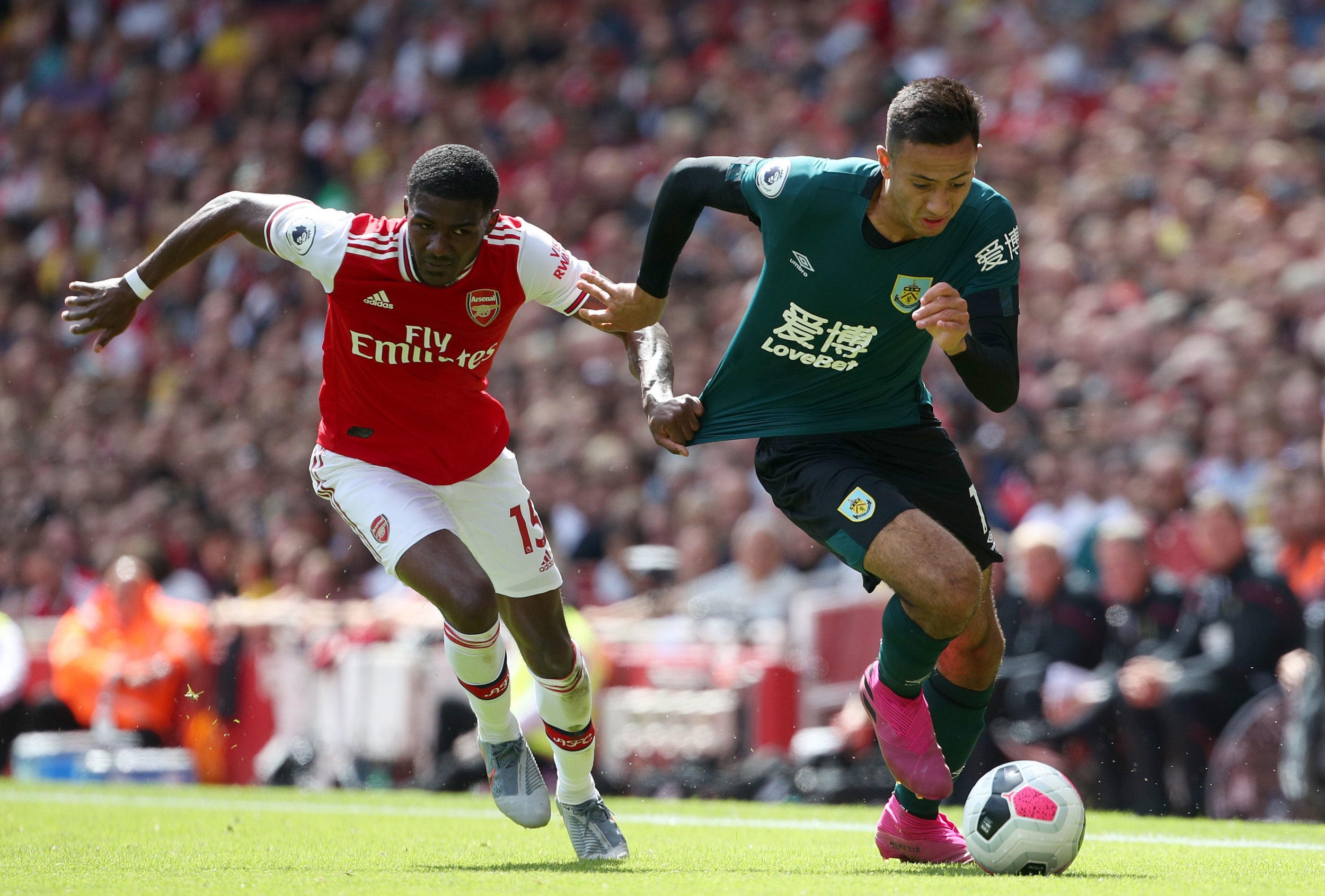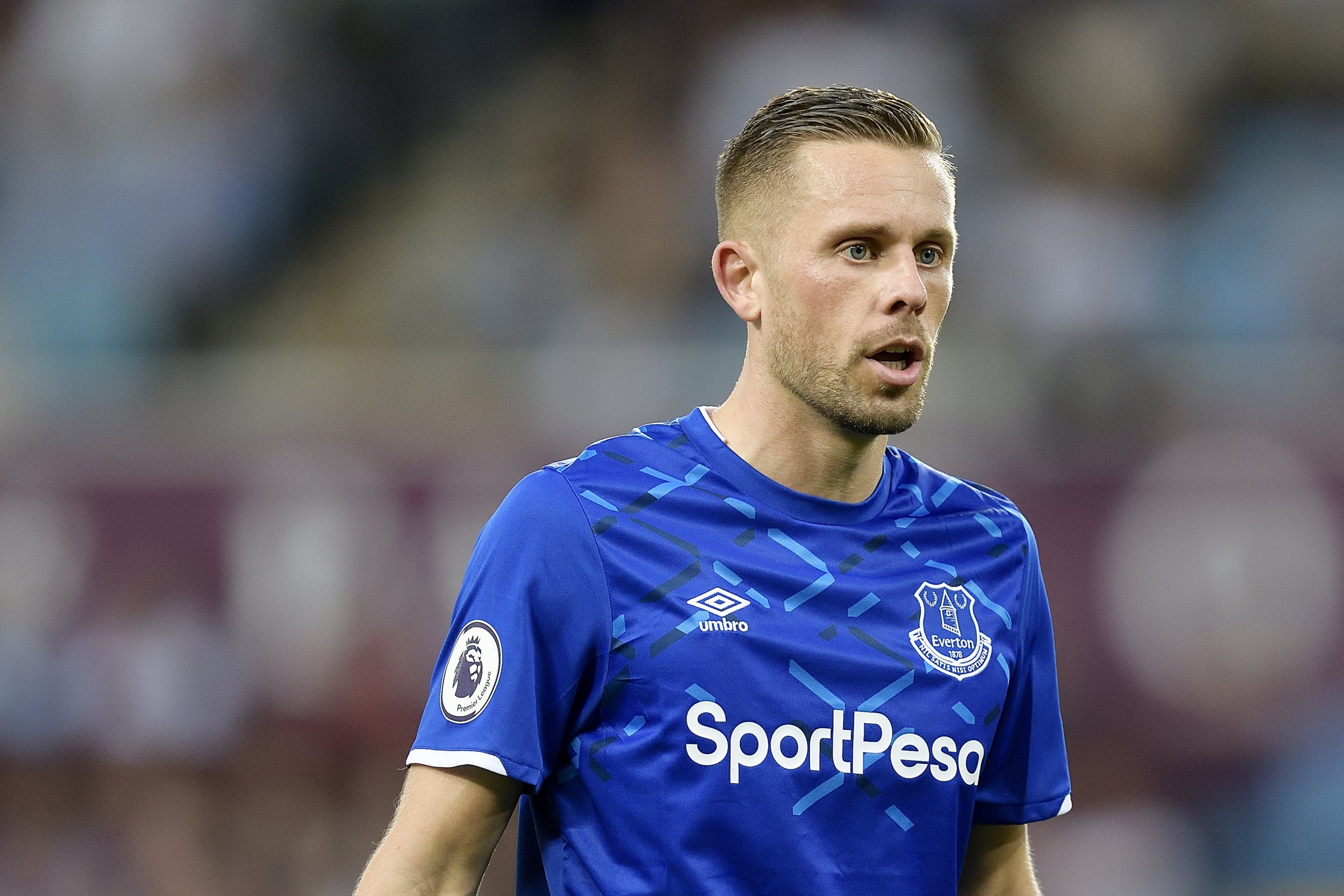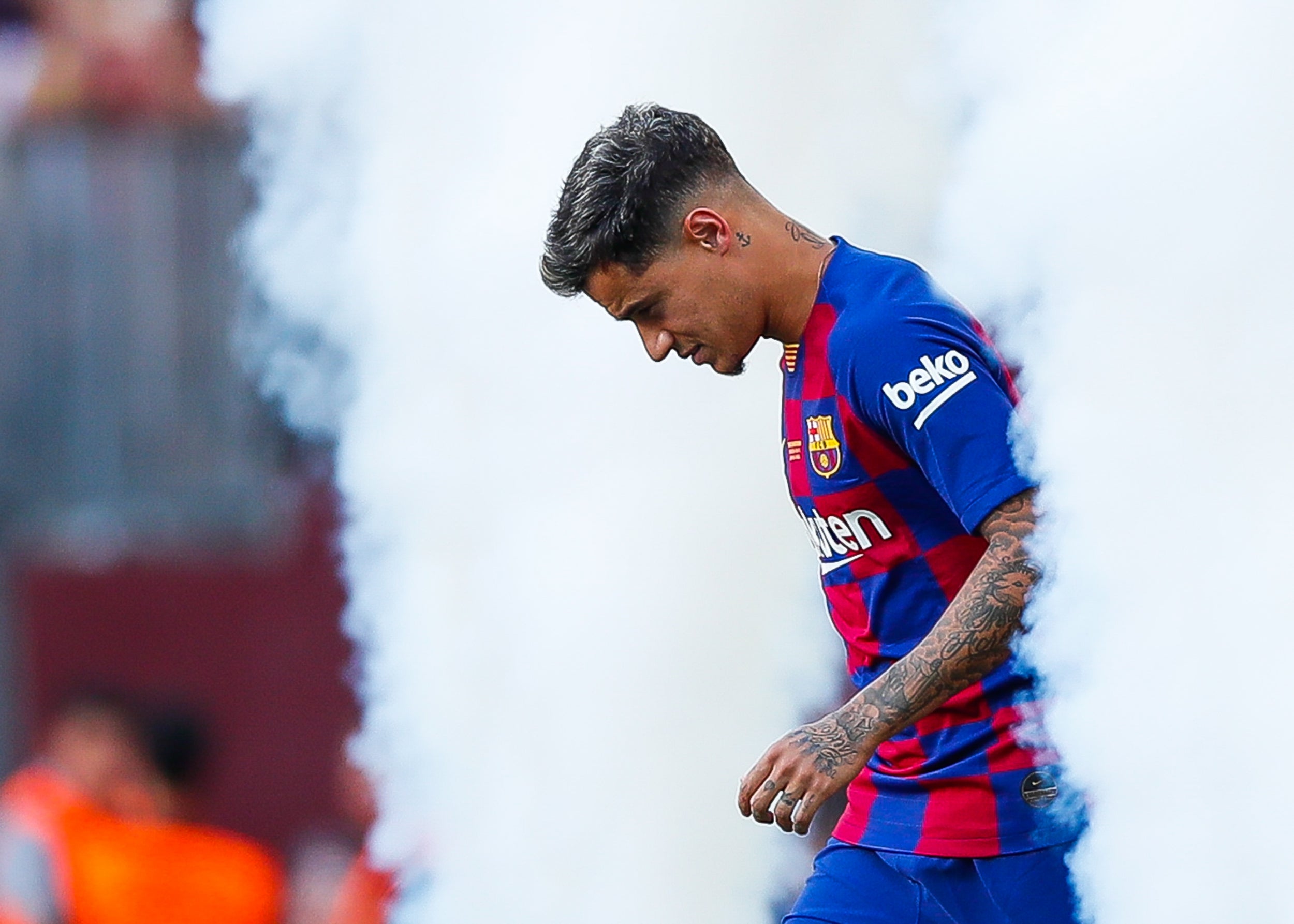How to value the modern footballer: Algorithms, cheat codes and the scientification of the transfer market
Footballers’ every move is now feeding into the algorithms which have made player recruitment far more precise and calculated – and it is changing the way clubs behave in the transfer market

Your support helps us to tell the story
From reproductive rights to climate change to Big Tech, The Independent is on the ground when the story is developing. Whether it's investigating the financials of Elon Musk's pro-Trump PAC or producing our latest documentary, 'The A Word', which shines a light on the American women fighting for reproductive rights, we know how important it is to parse out the facts from the messaging.
At such a critical moment in US history, we need reporters on the ground. Your donation allows us to keep sending journalists to speak to both sides of the story.
The Independent is trusted by Americans across the entire political spectrum. And unlike many other quality news outlets, we choose not to lock Americans out of our reporting and analysis with paywalls. We believe quality journalism should be available to everyone, paid for by those who can afford it.
Your support makes all the difference.There is a brilliant scene in the 1997 tragi-comic documentary There’s only one Barry Fry, a fly-on-the-wall chronicle of his disastrous time in charge of Peterborough Football Club, which reveals a bygone age when the wheeler-dealer manager was still a thing. Fry is sitting in a cluttered office negotiating the contract of potential new striker Miguel De Souza, repeatedly swatting away his agent’s demands with: “You ain’t gonna get that, fuckin’ hell!” As the talks are finally concluded, Fry shakes the player by the hand, smashes a gavel on his desk, looks down at himself and shouts: “Sold to the fat bastard in the blue blazer!” before laughing maniacally.
You suspect that, for better or worse, managers like Barry Fry are few and far between in football these days. The recent documentary All or Nothing: Manchester City revealed a slightly more considered approach – City’s executives are sitting in a swish suite discussing transfers and although their target list is blurred out, with hindsight it is easy to trace the shape of the letters spelling out the top name in the summer of 2017: Aymeric Laporte. With clinical efficiency, City signed their first choice and he played a key role in their 100-point season. Few clubs have the money to be as decisive, but across football Fry’s method of engaging in enthusiastic discourse has been replaced by something more subtle, and more precise.
The principals of valuing a footballer haven’t really changed over the past few decades. We already know the broad markers: performance, experience, age, contract. It’s just that now every touch of every ball in every major league is monitored, and it means value is something fluid which can shift in an instant.
Take the Burnley winger Dwight McNeil, who had barely started his career when he began making a statistical ripple a thousand kilometres away in Switzerland. What looked like promising performances to the eye had translated to a raft of key passes and dribbles in the complex algorithm of the CIES Football Observatory in Geneva.
“His performance statistics showed after only two games that he was clearly a very talented player,” says Dr Raffaele Poli, the organisation’s head. Not only was McNeil showing high performance metrics but he was young and contracted to a Premier League club; from almost nothing he was valued as a multi-million pound asset.
Dr Poli says game time at a high level is a crucial and telling variable – minutes translate to experience and also tend to indicate performance – but he believes CIES is nearing the limit of its modelling accuracy. The transfer of Diego Costa from Chelsea to Atletico Madrid was impossible to model, he explains, distorted by Costa’s very public fallout with Chelsea manager Antonio Conte, while CIES pitched Tyrone Mings’ market price far below the £25m Aston Villa paid Bournemouth for the defender whose career has been stalled by injury. “We are at around an 86% correlation [with actual transfer prices], and I think we are near the limit. If you try to do a model to correct Mings, it will be wrong for many more players.”
CIES mediate between clubs during disputed negotiations, while consultancies like 21st Club have established themselves as advisors on recruitment, with a raft of tools to disseminate big data. At 21st Club there are predominantly two methods for valuing players: the first is to benchmark a transfer target against not just one or two players that spring to mind but a deep pool of 15-20 comparables to gauge how likely a transfer is to be successful; the second is to pitch the player’s value in the context of the buying club’s financial muscle.

As Omar Chaudhuri, 21st Club’s head of intelligence, explains: “You can look at Philippe Coutinho to Barcelona and see that his transfer fee was roughly 18% of Barcelona’s revenue. What you find is that, let’s take Everton buying Gylfi Sigurdsson – who is almost as important to Everton as Coutinho was expected to be for Barcelona – his fee is in a similar sort of range, around 18-20% of Everton’s revenue. So you get this rate card depending on the importance of players within an individual team. A lot of the advice we give clubs is ‘OK, if you’re going to spend 10% of revenues, this is the kind of impact you should expect the player to have on your team’.”
Part of the advisory role is to find the cheat codes that will unlock value and potential upside, like ignoring the stigma around relegated players, something Liverpool have used to great effect in the signings of Andrew Robertson, Georginio Wijnaldum and Xherdan Shaqiri. “Relegated players are usually disregarded by mid-table Premier League clubs,” says Chaudhuri. “But actually if you look at players that have been signed from relegated teams, they’ve disproportionately grown in value over the past few years.”

Chaudhuri also wants to break the assumption that experience in one of Europe’s other big-five leagues equips players for Premier League football. “One of the things we’ve found is it’s not actually about the league but about the team you’re recruiting from. So Benfica’s a good example: the Portuguese league is not very good at all, but players within Benfica are as likely to succeed in the Premier League, if not more likely, than a player from say Wolfsburg, for example, despite them playing in Germany.”
The scientification of the market has emboldened clubs at the top end to risk more on young potential, particularly those with the financial reserves to absorb an expensive mistake. The knock-on effect is that we’ve seen clubs like Borussia Dortmund and Monaco able to make a business model out of moulding young players and selling them up the food chain for exorbitant fees before regenerating (with mixed success), while to a lesser extent Southampton have upcycled players in England. In Europe, Ousmane Dembele is the archetypical example, bought by Dortmund for £13m and sold to Barcelona 12 months later for £112m.

This race to buy young talent has put a premium on potential, and it has skewed the market. “If you look across the board, the price of players under 21 is rising much more quickly than the price of 23 to 26-year-olds,” says Chaudhuri. “That’s indicative of clubs trying to sign these gems who could potentially pay for the academy over the coming years.”
The money pouring in from TV revenues is the biggest driver of these shifting trends, and any trickle-down effect is minimal – 66% of the big-five leagues’ transfer spending stays in those leagues. It means lower down the pyramid, clubs are embracing the more analytical age not because they can afford to, but because they can no longer afford to get transfers wrong.
After 12 years spent away, spiralling down into non-league, Luton Town returned to the Championship this season with what has been voted the worst Football League ground in the country. The club are having to play catch-up; a new shiny stadium has planning permission to replace the crumbling Kenilworth Road, where away supporters climb up rusty stairs hanging over the neighbour’s back gardens, while behind the scenes they have been overhauling some of their more antiquated methods.

“We have an analysis department which we’ve built up over the past six months,” says Mick Harford, the former Luton and England striker who is now the club’s head of recruitment. “We fish in different waters now we are in the Championship. There are certain areas of the world we have to go for value for money. We have to compete differently. If we start going to Italy and Spain we can’t afford the players. It’s a difficult job trying to find out a player’s levels but that’s why we have analysts.”
Ultimately, though, there is only so much the numbers can reveal about a player’s character, their ability to adapt to new surroundings or their relationship with the manager. There continues to be costly mistakes and the numbers can only minimise the risk, not erase it entirely. When the analysis is over, whether at Peterborough or Manchester City or Luton Town, valuing a footballer will always require a little feel. “We watch him, discuss it and put a valuation on him,” says Harford. “It’s based on our good feeling and what we think he’s worth. It’s based on what we think his value to this football club is.”
Join our commenting forum
Join thought-provoking conversations, follow other Independent readers and see their replies
Comments